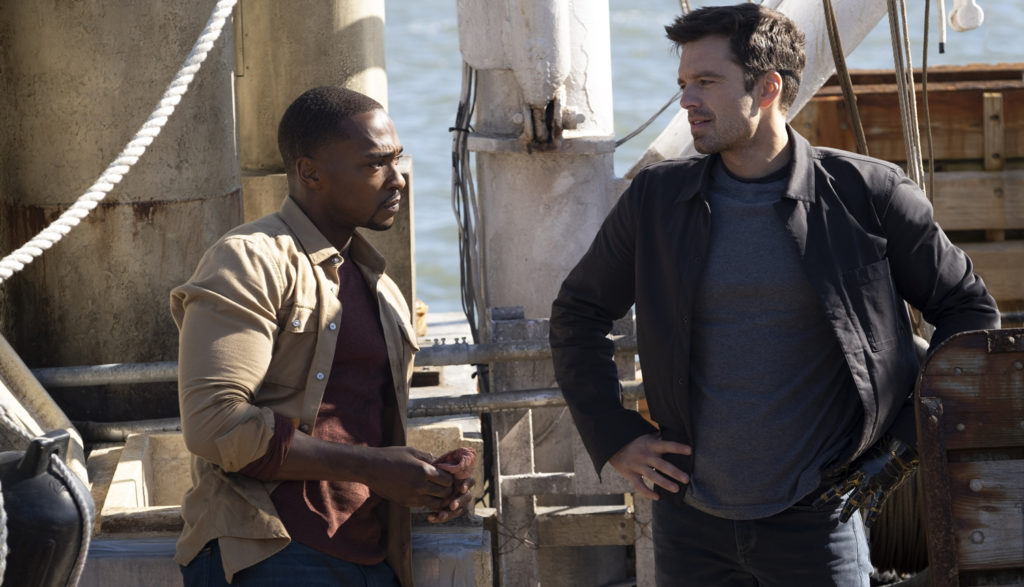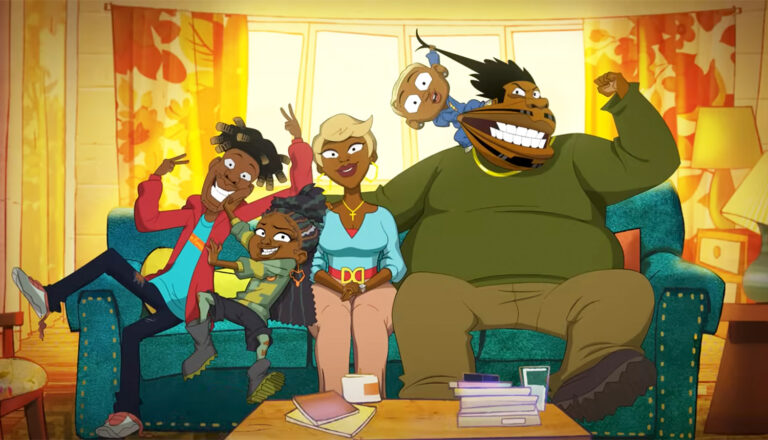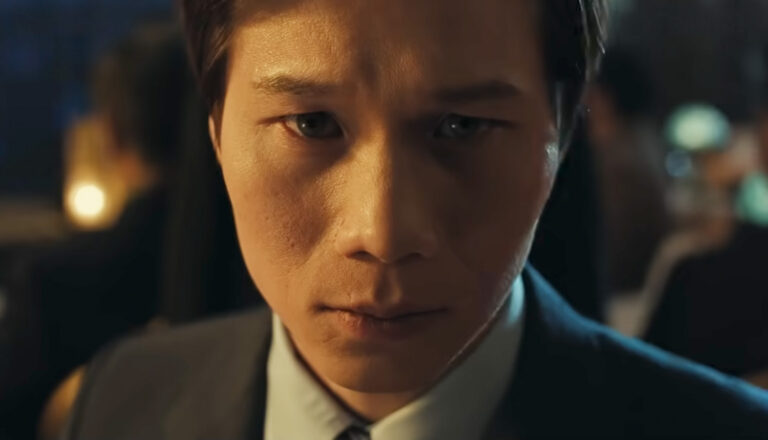
Frieren: Beyond Journey’s End
An elf mage contemplates on connection and regret as she watches her human friends grow old and pass away.

Captain America is gone. But his best friends are still around, and they’re still fighting the good fight. And also, on occasion, each other.
Perhaps it’s not so surprising, given they met Steve “Cap” Rogers in very different times.
Steve and Bucky Barnes have known each other for roughly a century—and that’s barely an exaggeration. Both were childhood friends and besties in the 1930s and ‘40s. After that, their relationship hit what you might call a cool period: Bucky plunged into an ice-cold river and Cap purposefully plunked himself (and the massive plane o’ destruction he was flying) into the Arctic Ocean, where he spent a good 70 years frozen solid.
When both came back, Cap was much the same, while Bucky had become a brainwashed, uber-wicked assassin called The Winter Soldier. This, as you might imagine, caused a bit of strain in their relationship that took a whole movie to work out.
But Cap made a new friend while Bucky was MIA: Sam Wilson, a former pararescueman in the Air Force who also lost a close friend in the line of duty. Sam soon became the flying daredevil Falcon and a full-fledged member of the Avengers, and Steve Rogers thought so highly of Sam that he wanted him to become the new Captain America after he was gone.
But despite their history with the First Avenger, the most meaningful conversation Sam and Bucky had before Cap left was a 10-second exchange in Captain America: Civil War, as the two sat in a car—Sam in the front seat, Bucky in back.
“Can you move your seat up?” Bucky asks.
“No,” Sam says.
Now they’re not just sharing a car: They’re sharing a show.
Both Sam and Bucky have their share of problems, too.
Both recently returned from a five-year absence from life (a result of the infamous “Blip” that halved the universe’s population, thanks to extra-terrestrial villain Thanos). That’s gotta be particularly jarring for Bucky, who’s spent most of his considerable lifespan in brainwashed catatonia (not to mention a lengthy, sleepy sabbatical in Wakanda). It’d be like dealing with a herky-jerky COVID-like schedule for roughly 90 years.
Now that his life is returning to normal, though, he’s remembering all the terrible things he’s done as a HYDRA assassin. There’s no way he can make up for all the pain he’s inflicted. But how can he move on?
Sam’s doing just fine emotionally, but his family isn’t. His sister’s struggling to make ends meet, and she’s contemplating selling the family houseboat that she and Sam grew up in. Sam’s dead set against it, but his own credit is shot from being five years out of the workforce. And let’s face it: Being a superhero may be rewarding, but it’s usually not a great way to get rich.
And then, of course, you’ve got the real trouble in post-blip Denmark.
A new terrorist organization that calls itself the Flag Smashers is agitating for a world without borders and, if possible, a whole lot fewer people.
Meanwhile, there’s a new Captain America on the loose, and it ain’t Sam. When the Falcon turned Cap’s shield over to the government, the suits promptly handed it to John Walker. And while the blond-haired, white-toothed guy may look like a good new Captain to some, there’s a question about whether the fellow truly embraces Cap’s old ideals. And Sam wonders about how things would’ve gone if he’d kept the shield, whether a black Captain America would’ve even been acceptable to much of the country.
It’s early yet, so we don’t know where Disney+ will take Walker’s character. But in the comics, John Walker is an über-nationalist who started his career arc as Super Patriot and U.S. Agent, and who spends more time fighting against Captain America than with him.
And then there’s the mysterious Baron Helmut Zemo, now wearing a purple mask. As you recall, he was the dude who single-handedly took down the Avengers back in Captain America: Civil War, and he did it without superpowers. What could he be up to now?
The villains seem to position The Falcon and the Winter Soldier in interesting narrative territory, placing our two heroes between what appear to be an extremist left-wing group and an extremist right-wing usurper. The show seems ready to address societal issues, too, from PTSD to racism. And in so doing, it asks viewers, What did the original Captain America really stand for?
And after the clever weirdness of WandaVision, The Falcon and the Winter Soldier offers a return to superhero form: This six-episode mini-season feels like a grounded, gritty superhero flick, à la Captain America: The Winter Soldier. And I wouldn’t anticipate any dalliances in magical worlds here. This is as real-world as superhero stories come.
But all that comes with some problems, too. While WandaVision’s setup kept the violence reined in and the language toned down, this show ramps both up. People get hurt and die here, in sometimes in pretty brutal ways. Language pushes limits that Disney+ rarely brushes against, including occasional uses of the s-word. It’d still land in PG-13 territory if it was a movie, but caution is still warranted here—even for parents of superhero-loving kids.
Sam Wilson and Bucky Barnes aren’t the best of friends … yet. And perhaps viewers—particularly family viewers—should approach this show with that same level of caution.
After the events of Avengers: Endgame, Sam Wilson and Bucky Barnes try to adjust to lives where they’re not fighting Thanos or his minions all the time. Sam rejects the mantel of Captain America that the original Cap offered him, turning the famous shield over to the Smithsonian. Instead, he heads down to Louisiana to help his sister keep their houseboat, and her business, afloat. Meanwhile, Bucky struggles through counseling to keep his own demons and guilt in check.
The episode begins with Sam participating in a high-flying rescue mission that involves a handful of crashing/exploding helicopters, some in-air fighting and a few fatalities. We see a dead pilot sitting in a chair, obviously murdered (with a bit of blood on his face). Someone else dies from a ricocheted bullet. Another presumably dies after being thrown out of a helicopter. A terrorist threatens to kill a captive, arguing, “Maybe we should gut him right here.”
In Europe, during an orchestrated riot, a super-strong terrorist tosses people (including policemen) about. One guy gets kicked and ends up on the ground, after which a bad guy stomps on his face. (The victim survives, but he bears lots of bruises and cuts. He mentions that he suffered a “broken orbital.”) Ostensibly as part of his therapy, Bucky takes control of a vehicle, breaks the hand of a bodyguard sitting inside and knocks the man out—only to apologize to the woman sitting next to him for his past deeds as the Winter Soldier. “I’m Bucky Barnes, and I’m trying to make amends,” he says with a fake smile.
In flashback, we see the Winter Soldier in action in his previous role as an assassin, mercilessly killing several people (and grabbing someone through a wall with his bionic arm). One of his victims is an innocent bystander who begs for his life, but in vain.
We later see a family shrine for the murdered victim; the surviving family member appears to be Buddhist, as there’s a Buddha statue next to the victim’s picture. In another casual allusion, Sam says that his family boat is being held together by “duct tape and prayers.”
Bucky goes on a date that includes a drinking game (played during a game of Battleship). A couple of kids ignore their mother’s orders to not play videogames. The s-word is uttered three or four times, and we hear a smattering of other profanities. God’s name is misused a few times as well.


Paul Asay has been part of the Plugged In staff since 2007, watching and reviewing roughly 15 quintillion movies and television shows. He’s written for a number of other publications, too, including Time, The Washington Post and Christianity Today. The author of several books, Paul loves to find spirituality in unexpected places, including popular entertainment, and he loves all things superhero. His vices include James Bond films, Mountain Dew and terrible B-grade movies. He’s married, has two children and a neurotic dog, runs marathons on occasion and hopes to someday own his own tuxedo. Feel free to follow him on Twitter @AsayPaul.

An elf mage contemplates on connection and regret as she watches her human friends grow old and pass away.

Netflix takes a classic sitcom, Good Times, and turns it into a vulgar, violent, sexually-charged TV-MA show.

While its protagonist might live a nuanced life, The Sympathizer’s problematic content can’t be described the same way.